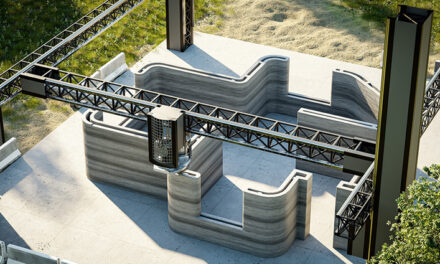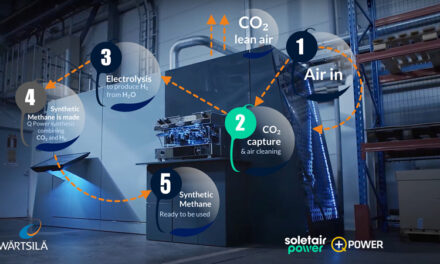
Maintenance of the world’s steepest cogwheel railway automated with Siemens technology
Pilatus, Central Switzerland. Alongside hotels and restaurants, the company Pilatus-Bahnen AG (PBAG) also operates the famous Pilatusbahn railway.
At a gradient of 48 percent, the world’s steepest cogwheel railway ascends to the peak of the 2,132-meter-high Pilatus mountain. To allow service engineers to maintain the rail cars in the shunting shed in safety, particularly in view of the risk posed by high-voltage catenary wires, automation technology from Siemens is used. This ensures the failsafe operation of safety functions such as reliable disconnection of the high voltage supply during movement of the sliding platform required for shunting the rail cars.
 When faced with a gradient of 48 percent, even the best equipped off-road vehicle reaches its limits, to say nothing of the sensation of driving almost vertically on the way back down. The Pilatusbahn (PB) in Central Switzerland takes this incline easily in its stride several times a day during the season, overcoming an altitude difference of 1,635 meters. The narrowgauge railway copes with the 4.618 kilometer-long route at a maximum speed of 12 kilometers an hour, as it has been doing for the past 130 years.To ensure that this doesn’t change, the operator Pilatus-Bahnen AG (PBAG) attaches great importance to regular maintenance of the 9.5-ton rail cars. To guarantee the safety of maintenance personnel, controlled switching and grounding of the high voltage which courses through the catenary wires is essential. This task was previously carried out by hand. Now, automation technology from Siemens switches the high voltage on and off, and moves the 1888 vintage sliding platform weighing several tons which is used to shunt the rail cars.
When faced with a gradient of 48 percent, even the best equipped off-road vehicle reaches its limits, to say nothing of the sensation of driving almost vertically on the way back down. The Pilatusbahn (PB) in Central Switzerland takes this incline easily in its stride several times a day during the season, overcoming an altitude difference of 1,635 meters. The narrowgauge railway copes with the 4.618 kilometer-long route at a maximum speed of 12 kilometers an hour, as it has been doing for the past 130 years.To ensure that this doesn’t change, the operator Pilatus-Bahnen AG (PBAG) attaches great importance to regular maintenance of the 9.5-ton rail cars. To guarantee the safety of maintenance personnel, controlled switching and grounding of the high voltage which courses through the catenary wires is essential. This task was previously carried out by hand. Now, automation technology from Siemens switches the high voltage on and off, and moves the 1888 vintage sliding platform weighing several tons which is used to shunt the rail cars.
Smart modernization
PBAG commissioned Furrer+Frey AG, a leading supplier of catenary systems, with the modernization of its maintenance plant. It quickly became evident to the experts that the electrical installation of the sliding platform used instead of points to shunt the PB rail cars into position was obsolete. It would not have been viable to install position sensors for safe switching of the high voltage, so instead Patrick de Gottardi, Project Manager at Furrer+Frey, suggested opting for modern technology from Siemens and at the same time updating the control system for the motors and sliding platform. A Simatic S7-1500 with integrated motion control functions is now used to control the sliding platform and switch the high voltage on and off. Operation takes place using a Simatic Comfort Panel TP700 HMI (Human Machine Interface).
Safety first
A laser distance meter measures the position of the sliding platform to an accuracy of 0.1 millimeters. At the same time, a light barrier secures the area between the wall and the sliding platform, preventing any member of the maintenance team becoming trapped there. To ensure that small animals cannot trigger a false alarm inside the open shunting shed at night, the light barrier is deactivated after working hours and when the platforms are at a standstill. This solution could only have been realized using a failsafe Simatic.
The platform is driven by asynchronous motors (1.5kW) from Siemens using Sinamics G120 converters, while programming and engineering for the entire solution take place using Startdrive in the TIA (Totally Integrated Automation) Portal. The new solution provides a guarantee of safe high voltage shutdown and control during essential maintenance work.
© www.perretfoto.ch






